Best Trees for Standing Water Year Round in CT?
meredith10024
14 years ago
Featured Answer
Sort by:Oldest
Comments (26)
User
14 years agocoltrane
14 years agoRelated Professionals
Marco Island Landscape Architects & Landscape Designers · Alpharetta Landscape Contractors · Dallas Landscape Contractors · Fort Payne Landscape Contractors · Monterey Landscape Contractors · Ocoee Landscape Contractors · Parkland Landscape Contractors · Vancouver Landscape Contractors · Saint Charles Siding & Exteriors · San Bernardino Siding & Exteriors · Benton Decks, Patios & Outdoor Enclosures · Cary Decks, Patios & Outdoor Enclosures · Green Bay Decks, Patios & Outdoor Enclosures · Lauderdale Lakes Decks, Patios & Outdoor Enclosures · St. Louis Decks, Patios & Outdoor Enclosuresalabamatreehugger 8b SW Alabama
14 years agowhaas_5a
14 years agocoltrane
14 years agoDan _Staley (5b Sunset 2B AHS 7)
14 years agomad_gallica (z5 Eastern NY)
14 years agoToronado3800 Zone 6 St Louis
14 years agoDan _Staley (5b Sunset 2B AHS 7)
14 years agomeredith10024
14 years agodrrich2
14 years agoDan _Staley (5b Sunset 2B AHS 7)
14 years agocaptinconifer14
14 years agocoltrane
14 years agogardengal48 (PNW Z8/9)
14 years agoscotjute Z8
14 years agoDan _Staley (5b Sunset 2B AHS 7)
14 years agogardengal48 (PNW Z8/9)
14 years agohogmanay
14 years agoDan _Staley (5b Sunset 2B AHS 7)
14 years agogardengal48 (PNW Z8/9)
14 years agomeredith10024
14 years agoclaireplymouth z6b coastal MA
14 years agoBeeone
14 years agojohnstaci
14 years ago
Related Stories

GARDENING GUIDES8 Native Shrubs for Year-Round Bird Feeding
It’s not just about berries. These plants provide insects for birds and seasonal interest for gardeners
Full Story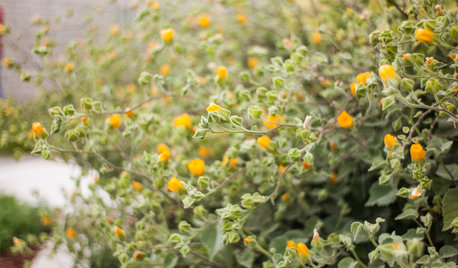
FLOWERS AND PLANTSAbutilon Palmeri Dazzles the Southwest With Nearly Year-Round Blooms
Plant Palmer’s Indian mallow for velvety foliage, long-lasting orange flowers and an abundance of wildlife benefits
Full Story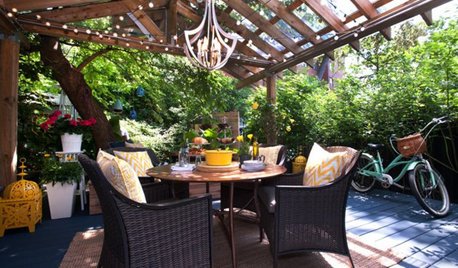
PATIO OF THE WEEKYear-Round Gazebo Glory in Toronto
Lilacs in spring, snuggly blankets in winter. With weatherproof panels and seats aplenty, this gazebo is guest ready all year long
Full Story
DECORATING GUIDESTwinkle Lights Keep the Holiday Spirit Year-Round
Hate to take down your outdoor lights after the holidays? Here are 12 great ways to use these festive sparklers inside your home
Full Story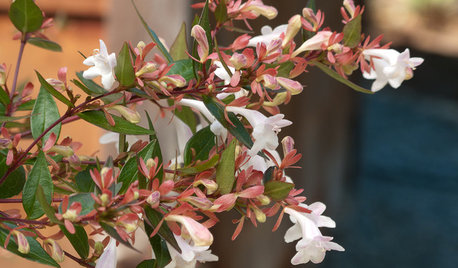
GARDENING GUIDESGreat Design Plant: Glossy Abelia for Year-Round Beauty
Fragrant flowers, burgundy foliage and hummingbird allure. Deer shun this shrub, but it's a 5-star performer you'll love
Full Story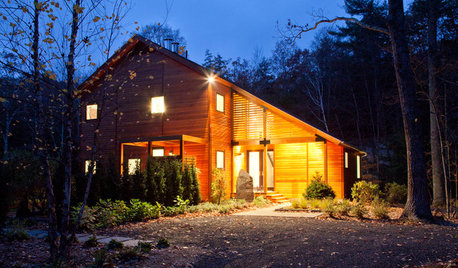
CONTEMPORARY HOMESHouzz Tour: Strong, Modern Lines Stand Up to the Trees
Modernism takes kindly to the New York woods, with double-height ceilings for openness and a burbling creek for music
Full Story
LANDSCAPE DESIGNFlood-Tolerant Native Trees for Soggy Soil
Swampy sites, floodplains, even standing water ... if you've got a soggy landscape, these trees are for you
Full Story
GARDENING GUIDESHow to Keep Your Trees Healthy
Ensure your trees’ vigor for years to come with these tips for protecting roots, watering effectively and more
Full Story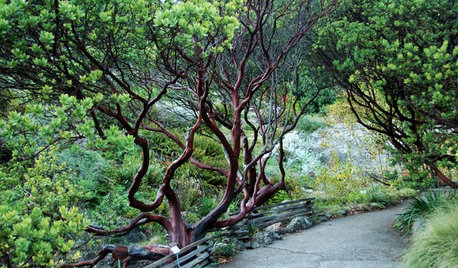
GARDENING FOR BUTTERFLIESGreat Design Plant: Parry Manzanita Stands Out in Low-Water Gardens
Make a dramatic architectural statement and feed wildlife in woodlands and more with Arctostaphylos manzanita
Full Story
NATIVE PLANTS5 Ways to Keep Your Native Plant Garden Looking Good All Year
It’s all about planning ahead, using sustainable practices and accepting plants as living organisms
Full StoryMore Discussions








ken_adrian Adrian MI cold Z5